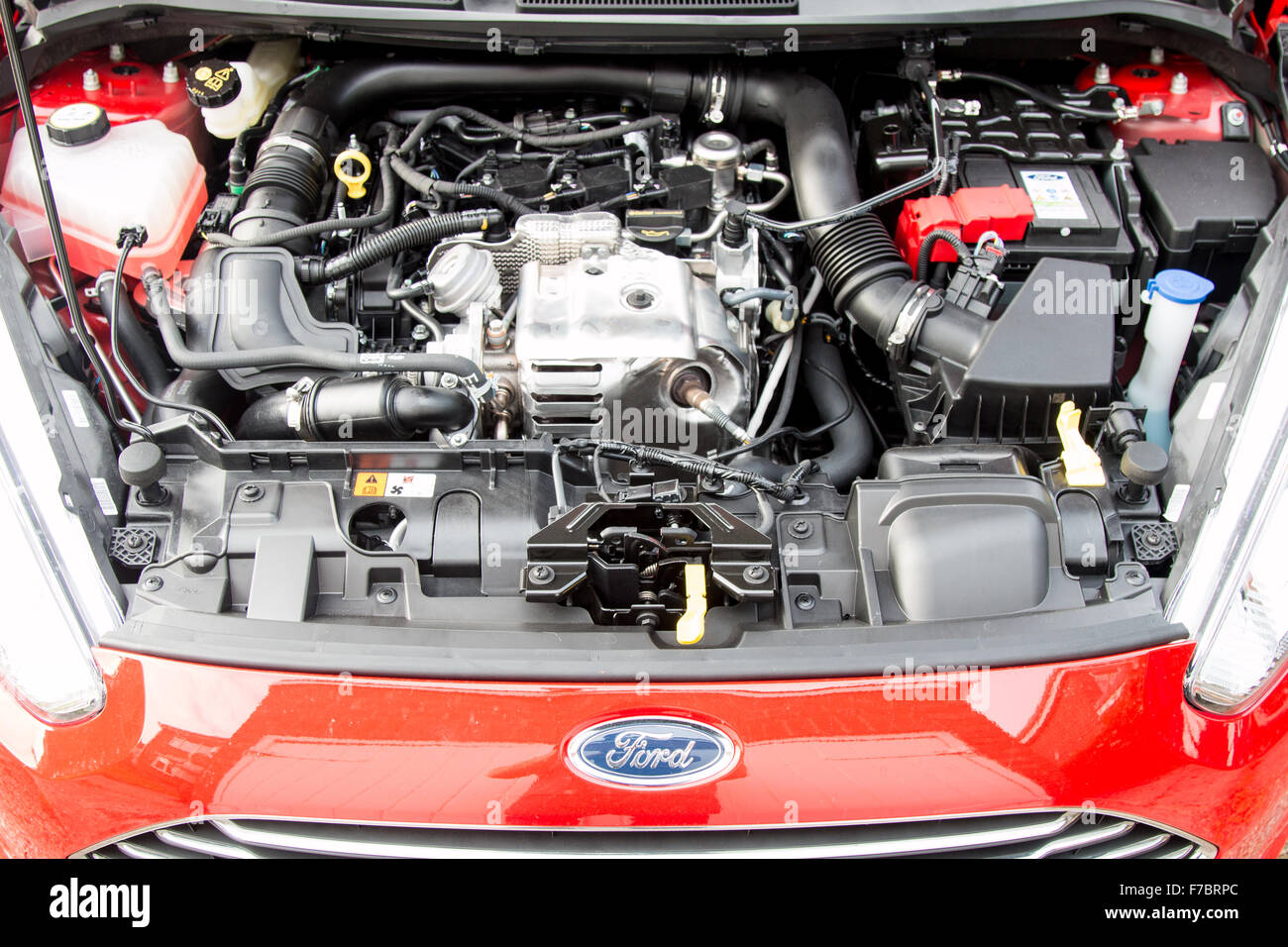How a Ford Fiesta Engine Tune-Up Can Improve Your Car’s Performance
How a Ford Fiesta Engine Tune-Up Can Improve Your Car’s Performance
Blog Article
Discovering the Development of Engines: From Classic Designs to Modern Marvels
From the initial vapor engines that powered the Industrial Transformation to the development of interior burning engines that transformed wheelchair, each phase has contributed to greater efficiency and capacity. As we take a look at these turning points, one must think about exactly how the future of engine design might unravel, testing our understandings of power and performance.
The Birth of Engine Innovation
The development of engine modern technology noted a pivotal minute in human development, transforming power conversion and transport. The earliest engines emerged from the requirement to harness mechanical power for sensible usage, leading to the advancement of gadgets that converted different energy types into movement (ford fiesta engine).
The development of the inner combustion engine and the innovation of the vapor engine catalyzed an extensive change in commercial capacities. These engines not just improved performance however also increased the extent of human mobility, enabling unprecedented transport possibilities. The early models laid the groundwork for the mechanical globe, promoting the surge of markets and reshaping social frameworks.
As engine layouts developed, they progressed and incorporated cutting-edge materials engineering principles, paving the means for modern-day developments - ford fiesta engine. The birth of engine innovation ignited an unrelenting search of effectiveness and power, establishing the phase for the vibrant advancement of transportation and industrial machinery that would certainly adhere to
Steam Engines and Their Influence

The vapor engine's impact was especially evident in the transportation market (ford fiesta engine). Steam-powered engines facilitated the quick activity of items and people throughout vast distances, successfully reducing the geographical obstacles that had previously hindered profession and communication. Steamships reinvented naval traveling, permitting for quicker and extra trustworthy crossings of seas and rivers.
In industry, heavy steam engines powered manufacturing facilities, enabling mass production and the surge of metropolitan centers as centers of economic activity. Heavy steam technology fostered advancements in design and production procedures, laying the groundwork for future improvements in engine style.
The Increase of Inner Burning
Regularly outweighing vapor power, the increase of interior combustion engines marked a transformative shift in transport and sector during the late 19th and early 20th centuries. The advancement of these engines, defined by their capability to shed gas within the engine itself, enabled higher effectiveness and power compared to conventional heavy steam engines. Pioneering innovators such as Nikolaus Otto and Rudolf Diesel played critical duties in developing engine layouts, leading to prevalent fostering in automobiles, boats, and industrial machinery.
The interior combustion engine's small size and reasonably lightweight nature helped with the appearance of personal automobiles, transforming private movement and reshaping metropolitan landscapes. By making it possible for faster travel and the efficient transport of products, these engines catalyzed financial development and promoted globalization. The adaptability of fuel alternatives, consisting of gas and diesel, even more boosted their charm, allowing for diverse applications throughout different industries.
Regardless of the environmental problems that would later on arise, the preliminary allure of inner combustion modern technology lay in its transformative check my reference possibility. As society welcomed this advancement, the structure was laid for modern transport systems, establishing interior combustion engines as a foundation of industrial advancement and day-to-day life throughout the 20th century.
Improvements in Engine Efficiency
As inner combustion engines became integral to transport and industry, the emphasis changed towards boosting their performance to fulfill expanding demands for performance and sustainability. Innovations in engine design, product science, and innovation have actually significantly contributed to this advancement.
One major development is the advancement of turbocharging, which allows for enhanced air consumption, resulting in more total gas burning and boosted power output without enlarging engine size. Furthermore, variable shutoff timing systems have actually been carried out to maximize engine efficiency throughout numerous RPM arrays, thus improving fuel efficiency.
The use of innovative gas shot modern technologies, such as direct injection, has actually additionally played a crucial duty. This approach permits for even more exact control over the fuel-air mixture, promoting better combustion and decreasing discharges. Moreover, lightweight materials, including light weight aluminum and composite components, have actually been taken on to minimize general engine weight, bring about boosted effectiveness.
These improvements reflect a more comprehensive pattern within the automotive sector, where the harmony in between design advancement and environmental considerations drives the recurring pursuit for higher efficiency in inner combustion engines. Consequently, modern-day engines are currently extra effective, cleaner, and effective than ever before, leading the way for a more lasting future in transportation.
The Shift to Electric Power
With growing problems over environmental influence and nonrenewable fuel source hop over to these guys dependence, the vehicle industry is helpful resources experiencing a substantial change in the direction of electric power. This change is driven by a combination of technical innovations, regulative stress, and changing consumer preferences. Electric vehicles (EVs) use a compelling choice to standard internal burning engines, flaunting decreased greenhouse gas discharges and lower operating prices.
The rise of battery innovation has actually been a video game changer, with lithium-ion batteries coming to be much more reliable and affordable. Boosted power thickness and faster billing capacities have made EVs a lot more practical for daily usage. Additionally, governments worldwide are applying incentives and setting ambitious targets for eliminating fossil gas cars, consequently accelerating the fostering of electric power.
As charging framework expands and battery innovation proceeds to enhance, the shift to electric power is poised to improve the auto landscape, promoting sustainability and technology in the years to come. The future of transportation is electrical, and the momentum is undeniable.
Final Thought
The advancement of engine technology stands for a significant trajectory of advancement that has exceptionally affected transportation and market. From the foundational heavy steam engines to the transformative inner combustion engines, each growth has added to enhanced wheelchair and economic development.

Report this page